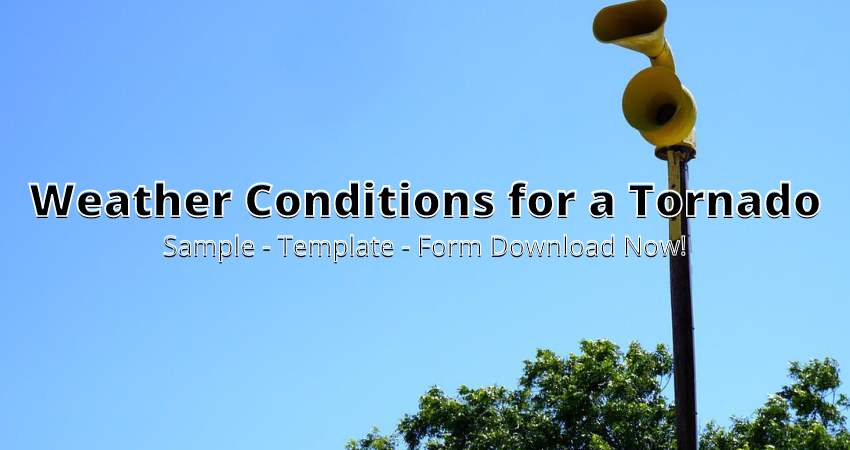Weather Conditions for a Tornado ⏬👇
Weather conditions for a tornado are wind speed, direction and moisture. Wind speed must be high enough to support lifting. The wind direction must be from behind the storm to push air up and create a strong updraft in the thunderstorm. Moisture is also required for condensation and thereby cloud formation.
When the warm, moist air from below clashes with the cooler and drier air above, it creates swirling winds reminiscent of twisters.
How Tornado Happens
Tornadoes are among nature’s most destructive forces—and they can strike anyone, anywhere. They can leave you with a sense of extreme powerlessness and expose you to deadly situations that must be faced on the fly. Here’s how tornado happens and what you do to survive it.
Tornadoes occur when there are strong winds during a thunderstorm. The wind starts to spin in a tight circle, or vortex, and becomes a tornado. The temperature of the air within the vortex is lower than outside it. The storm makes air go up and down in swirling motions over and over again until it spreads out very quickly into a whirlwind made of rain.
Tornadoes occur during the spring and summer in the mid-latitudes, usually in the afternoon between 3 pm and 9 pm. It can happen anywhere, but it will generally occur on a hot, humid day. There should be moisture present in the atmosphere, which is often indicated by cumulus clouds. The thunderstorm has to be strong enough to sustain itself for several minutes so that conditions are right for rotation to begin in an updraft. If there is more than one tornado occurring at once it indicates that there is greater than average instability in the atmosphere at that point. There also needs to be strong winds at low levels within 10 km of where the tornado is likely to occur.
How does a tornado start and end?
The National Severe Storms Laboratory says that a tornado begins when air is forced to spin very quickly. Because the warm moist air rises quickly in other conditions, it causes a low pressure system to form. When the tornado takes shape, it’s called “rotary circulation.”
A tornado starts when warm, humid air from the ground rises very rapidly through a cool, low-pressure area in the atmosphere. This movement of warm and cold air creates a spinning effect within the cloud that causes an updraft. As this updraft continues to grow, it disrupts more and more of the surrounding air until it becomes an all-encompassing funnel cloud, visible evidence that a tornado is on its way.
Tornadoes start as a funnel cloud because of the instability in the atmosphere. A tornado has been formed when this winds picks up debris or ice forming that distinctive funnel shape that you see on TV. Tornadoes can last for minutes to hours, depending on the size of the tornado.
Email Bülteni
Yeni yazılarımızdan hemen haberdar olmak için kayıt olun.







